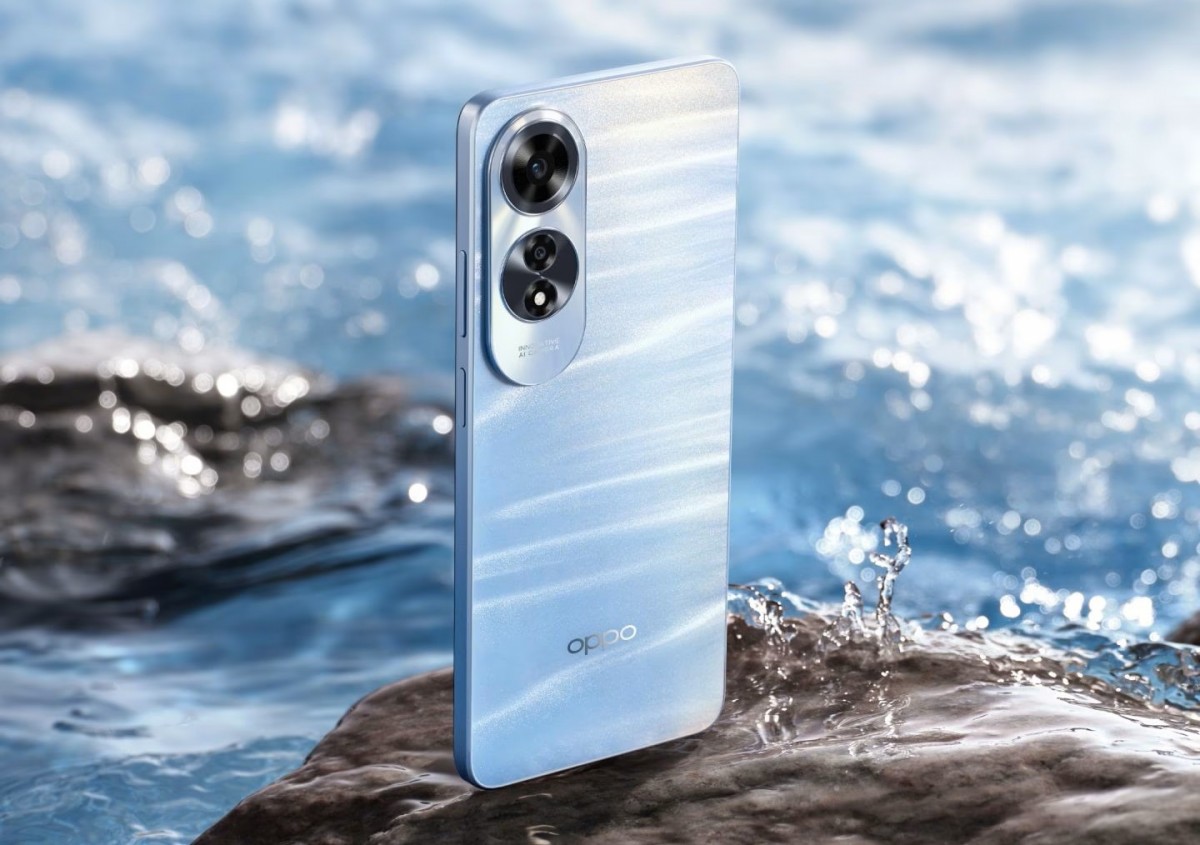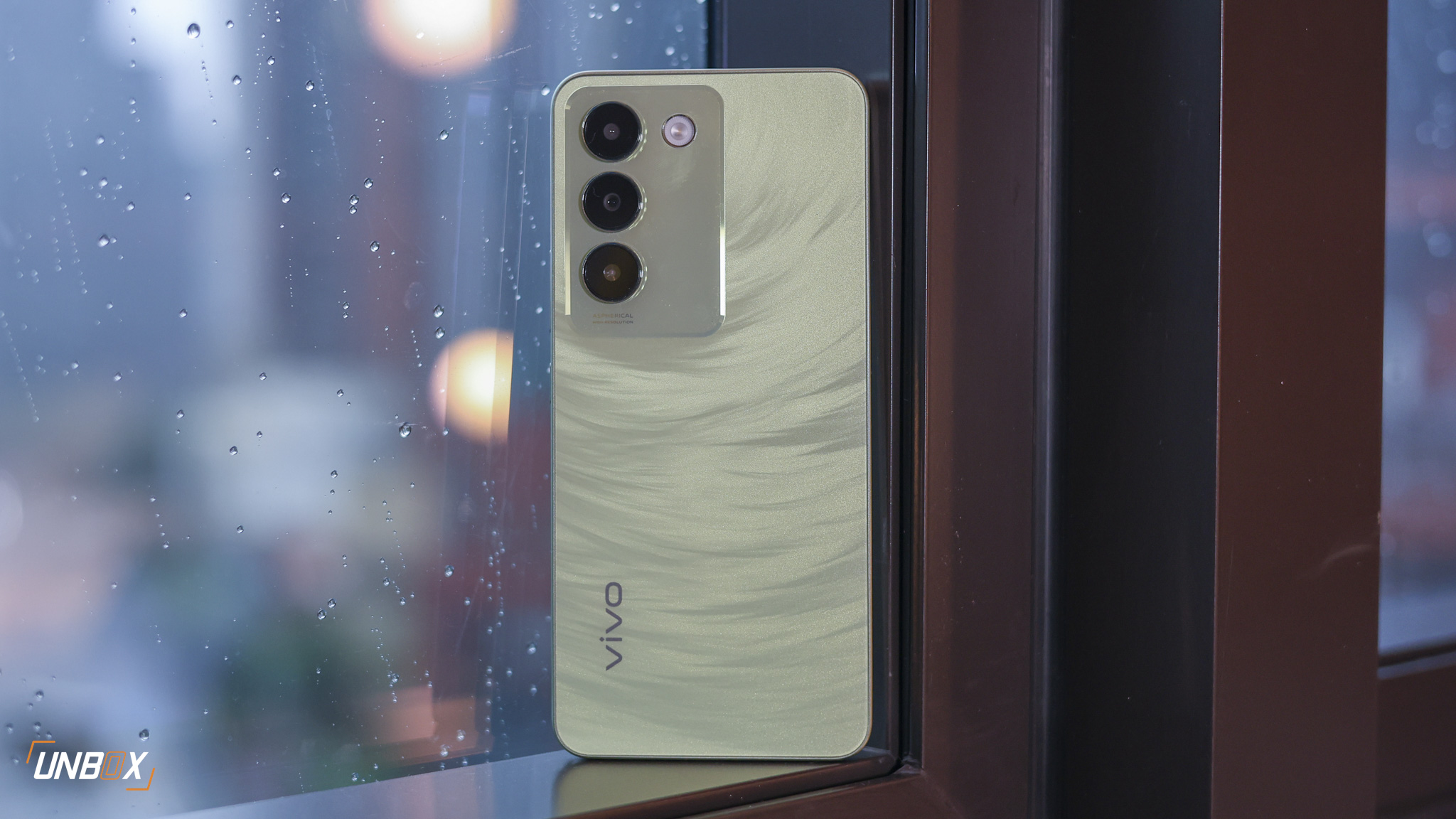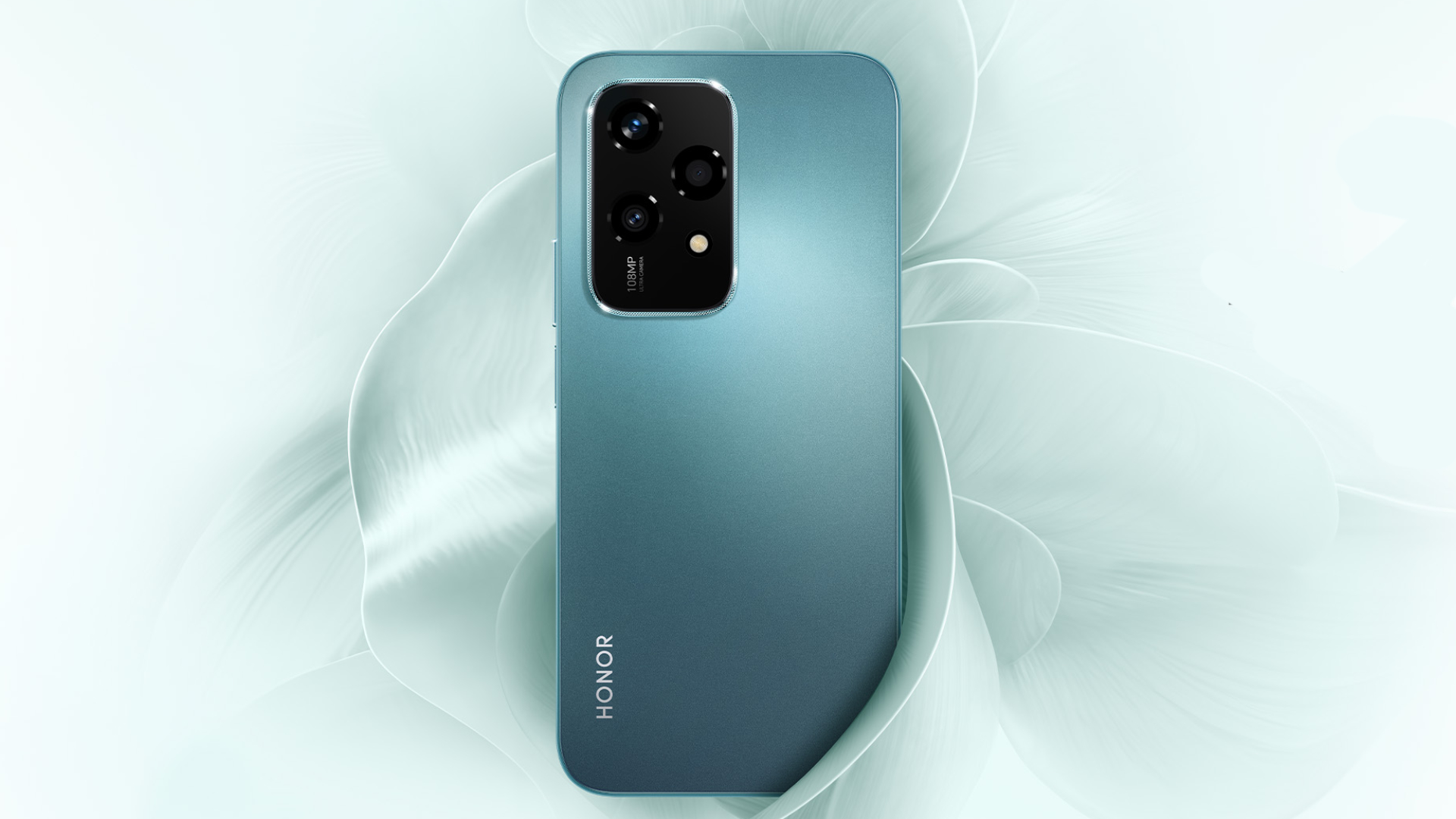We review the OnePlus 6!
OnePlus has always maintained that their phones offered the most bang for your buck, giving you the speed you need without draining your bank account. But that promise usually came with a bunch of compromises: a camera that was good but not great, a feature set that lacks whiz-bang features like water-resistance, high-resolution displays and the like.
The latest flagship killer is no different: it offers a drastically lower price compared to mainstream flagships of Samsung, Apple, Huawei, Sony, and LG while offering top-tier hardware. It’s a great value phone considering the price of some flagship brands have steadily ballooned over the years, but it’s also facing considerable competition at the bottom from the likes of Xiaomi and ASUS.

OnePlus 6 specs
- Qualcomm Snapdragon 845 octa-core processor
- Adreno 630 GPU
- 6GB/8GB LPDDR4X RAM
- 64GB/128GB/256GB of UFS 2.1 storage
- 6.28-inch Full Optic Full HD+ display, Corning Gorilla Glass 5 protection, sRGB and DCI-P3 color gamut
- 16-megapixel front camera with f/1.7 aperture, 1/2.6″, 1.22µm pixel size, gyro-EIS, OIS, 20-megapixel secondary camera with f/1.7 lens, 1/2.8″, 1.0µm pixel size
- 16-megapixel front camera with AI
- Dual SIM
- 3G, LTE Cat. 16/13 4CA
- Wi-Fi,4×4 MIMO, Bluetooth 5.0, NFC
- GPS, A-GPS, GLONASS
- USB Type-C, Fingerprint sensor, Face unlock
- 3300mAh battery, Dash Charge
- Android 8.1 Oreo with OxygenOS 5.1
What is it?
It’s the current iteration of OnePlus’ flagship killer, which traditionally have been phones equipped with the best hardware at a drastically lower price than its competitors. When OnePlus started the prices of their flagships have been roughly half of the phones offered by Samsung and Apple, but because of rising component prices they’ve had to increase pricing every year. The OnePlus 6 is no different, as it’s currently the most expensive flagship they’ve released so far.

What’s it feel like?
Pretty good actually. The phone has a glass front and back which is currently whats in vogue nowadays for phones. OnePlus’ treatment feels better than most though, as the curvature of the rear and the overall build quality makes it feel more expensive than it actually is.

There are two kinds of finishes available for the phone – gloss, and matte – though we only reviewed the Mirror Black variant. The phone’s glass panels certainly pick up fingerprints like there’s no tomorrow which may be a deal breaker for the OCD types.
There are downsides to this design though – glass isn’t as tough as aluminum, and take it from someone who has reviewed enough of these phones to know it’ll pick up a scratch or two unless you cover that design up with a case and a screen protector. Which is sad since you won’t be able to see the gorgeous design of the phone anymore now that it’s covered up. Naked and beautiful with scratches, or covered up with plastic and pristine – the choice is up to you.

But there’s a notch on the display
Yes, there is. While it’s a little annoying for people who are team #nonotch, know that it wasn’t placed there to spite you. The OnePlus 6 has a bigger 6.3-inch display than the previous iteration, and hardly any bezels on the top and sides, plus a minimum bottom bezel. In this particular case, having that notch there is a necessary compromise to give you the most screen real estate possible with the smallest bezel possible. Maybe it’ll change when we find a way to integrate front-facing cameras under display panels, but for now, you’ll have to get used to it. The good news is that you can turn it off (kind of) by blacking out either side of the notch.

As for the display quality itself, it looks good. The display itself is almost identical to OLED one used last year, delivering vibrant colors and deep blacks. It’s not punchy and as vibrant as the one more expensive phones, but for the price and resolution, it’s still pretty good.

Is it still fast?
Yeah, it is. The base configuration that we reviewed gives you 6GB/64GB paired with the flagship Snapdragon 845 processor. There’s a custom overlay on top but it’s very, very light, and OnePlus has tweaked animations on the phone to give you the feeling of speed.
Thanks to the phone’s hardware, it’s able to crunch through most Android apps and games without any issues. It’s a magnificent gaming beast which is a big deal if you’re a big mobile gamer.
While other people will want to buy the 8GB RAM model for more speed, the higher variant might be a better option because of storage, not RAM. You’ll probably won’t notice the very slight speed bump from the additional RAM, but you will definitely notice the higher capacity compared to the base 64GB model, especially once you start filling it with games and other stuff.

How’s the rest of the phone?
Pretty good, considering this is technically a top-tier flagship. The fingerprint scanner is fast, and there’s also a (less secure) facial unlock feature if you want to unlock your phone faster.

The OnePlus 6 also has a physical switch on the side that switches the phone’s volume output, from “HEY EVERYONE IM RINGING” to “trying to let loose a fart inside a library”.
As for the rest of the package: there’s still a 3.5mm jack since OnePlus lacked the courage to remove it, and the single downward firing speaker is good but won’t cut it in a crowded, noisy room. Oh, and while the phone has some sort of splash resistance, know that OnePlus doesn’t guarantee it’ll survive if it’s dunked in water.

Are the cameras good?
Well, yes and no. The phone uses a dual-camera setup just like most flagship phones nowadays – a 16-megapixel main sensor and a 20-megapixel secondary sensor. The second camera provides additional detail and depth information to the primary shooter, which should result in better photos.
If you compare the OnePlus 6’s photos to the OnePlus 5T, then yes, the cameras are way better now. Images have more detail and are inherently sharper, even in low light. There are a few issues here though: images tend to get overblown highlights, especially in challenging light. There’s a bit more oversharpening in the photos than we would have liked.
OnePlus has improved the cameras on their phones, but it still a long ways off from the likes of Huawei and Samsung.
Will it last you the day?
Yup. The phone’s 3300mAh battery is enough for a day, with moderate use. There’s no wireless charging which is a bummer, despite the phone having a glass back. There is Dash Charge, which is their version of fast charging, giving you around 60% of juice in 35 minutes. You’ll have to use their proprietary charger and cable to enjoy this though.

Should you buy it?
The short answer is: yes. The OnePlus 6 certainly deserves an outright purchase, if not at least serious consideration if you’re looking for a good looking, powerful phone and have at least 31K burning a hole in your wallet. But (there’s always a but) it also has several other rivals trying to vie for the title of the best budget flagship.
The ZenFone 5z is similarly armed with the same flagship hardware as the base model OnePlus 6 but with more storage and a lower price, at Php 29,995. Even cheaper still is Xiaomi’s Mi Mix 2s at Php 27,990 with a similar processor, RAM and storage options plus a non-notched screen.
Ultimately the OnePlus 6 is still a great buy but OnePlus now has to think about the future of their OnePlus killer. With other companies following the trend of offering high-spec, low-priced phones, the company’ can’t keep increasing the price of their flagship or else they’re going to end up in the same territory as the phones of the brands they’re supposedly killing.
The phone is available in Digital Walker, and starts at Php 30,990 for the 6GB/64GB variant.
ASUS ZenFone 5z Unboxing, First Impressions: Promise Fulfilled





















